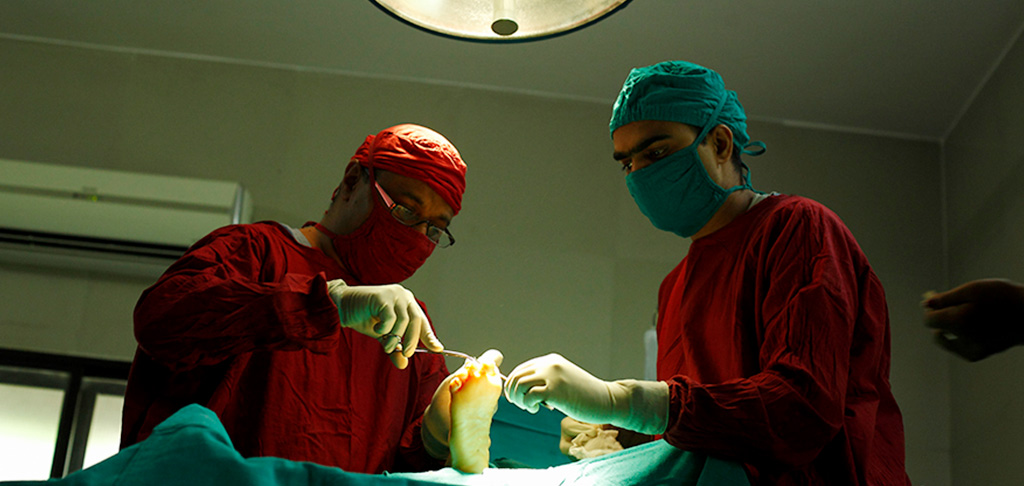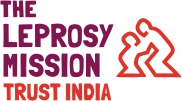
Reconstructive Surgery
The most common deformities in leprosy that can be corrected by surgery are Claw Hand, Ape thumb, Lagophthalmos, Foot drop, and Claw toes. Re-Constructive Surgery facilities are available in most of the TLM centres. TLM has a resident surgeon in major centres who does surgery regularly (weekly). Surgical camps are organised to meet the needs of other centres and government and are carried out by visiting surgeons specialised in Re-constructive surgeries.
Process of Surgery
Patients eligible for surgery are selected and motivated. All patients have explained the procedure to drive out fear and build confidence. The muscle to be transferred is isolated and strengthened for about a week or more based on the condition of the muscle. The operating surgeon makes regular assessments during rounds, and once fit, they are posted for surgery. Physiotherapy management involves re-education through exercises, splinting etc. The first step in re-education is to teach the patient how to use their old muscle for a new job. And train them to apply it unconsciously. In the second step, the Occupational therapist instructs patients to use their limbs effectively and safely in their day-to-day life.
Rehabilitation Plan
A Rehabilitation plan is made for each patient who underwent corrective surgery and is followed up. The plan will consider his occupation before admittance for surgery and what they intend to do after surgery, whether to the same occupation or not. Based on their academic and technical qualifications, previous experience, interests, disabilities and community needs, they are referred for programmes like CTY, CBR, VTC, etc.
Outcome of Surgery:
Physical Outcome
>> Improved Function
>> Cosmetic appearance restored
Psychological Outcome
>> Increased Self-Confidence in Patients
>> Builds Self-esteem in patients
Social Outcome
>> Increased Work output
>> Eligibility for Education
